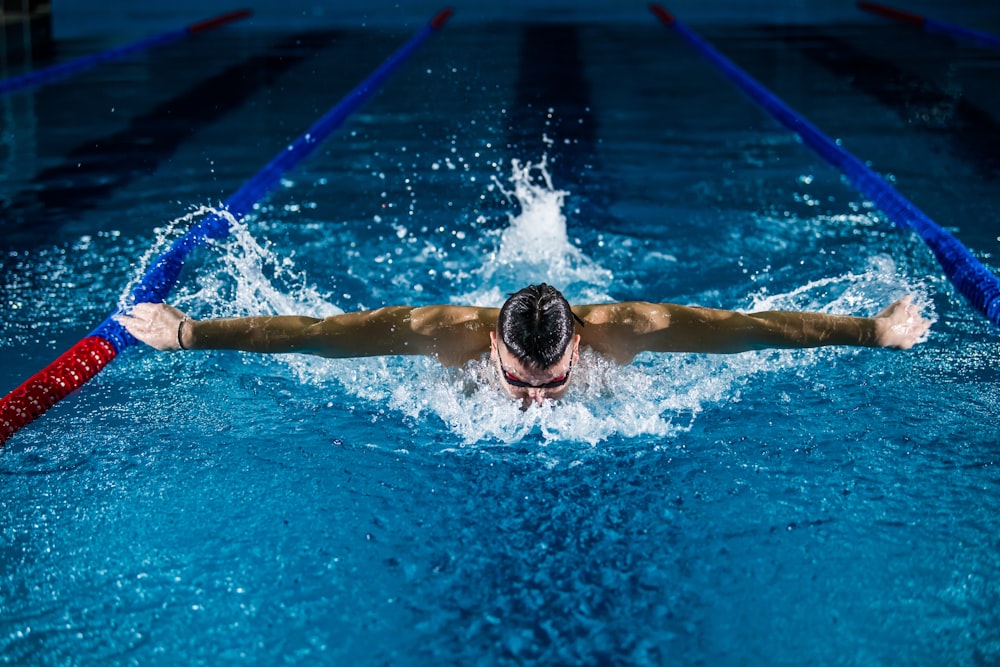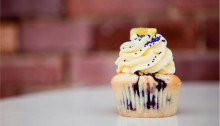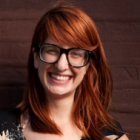MAKE A SPLASH
THIS SUMMER

Join Now For $0 Enrollment!
Learn MorePosted
 I recently finished a book that gave me a lot to think about. As I read The Power of Habit: Why We Do What We Do in Life and Business, cheering on the woman who turned her life around by quitting smoking and running a marathon, I thought about how I might be able to use the same tactics to improve my willpower and not eat every grain of sugar that has ever appeared in my peripheral vision.
I recently finished a book that gave me a lot to think about. As I read The Power of Habit: Why We Do What We Do in Life and Business, cheering on the woman who turned her life around by quitting smoking and running a marathon, I thought about how I might be able to use the same tactics to improve my willpower and not eat every grain of sugar that has ever appeared in my peripheral vision.
I learned that a lot of what we do is by habit, not by choice. So take cupcakes for example. Even if I’m not hungry, as soon as I see a cupcake, it activates something in my brain that says “Eat me! I taste really yummy! And I am full of sugar, your favorite!” Since I’m already anticipating the sugar high long before it happens, the chances that I am going to be able to turn down this delicious cupcake are slim. By this point, saliva is dripping out of the side of my mouth and my pupils have turned into little dancing cupcakes. I’m like a zombie after brains. Seconds later, the licked-clean plastic topper is the only evidence that this poor cupcake ever existed. And it was a Jewel cupcake. It wasn’t even good.
This scene, which I have acted in too many times to count, has very little to do with willpower. Instead, it is a scientific reaction of cue and reward, which has manifested itself into a borderline sugar addiction. The Power of Habit breaks habits like this into a simple equation.
Cue -> Reward + Craving -> Routine = Habit
A habit begins to form when we experience a recurring cue. As soon as the cue occurs, we anticipate the reward. We fixate on the reward, which becomes a craving. And voila! A cupcake-devouring habit is born. So even if I tell myself in the morning “I will eat not a single cupcake today,” this little scientific reaction happens in my brain the second one appears. And then there’s nothing that can stand in between me and any cupcake.
So instead of ignoring the cue completely (because it’s not going to go away), the book recommends using it to create a less destructive habit with a similar but more positive reward. Instead of nixing the habit, you’re replacing it with another. You can allow those brain synapses to take over. It’s just that the new habit is better than the one you had before. It’s kinda simple, but also a lot of work.
The first tricky part is identifying exactly what the cue is. Why is this cupcake so powerful? Is it the time of day? Is it that I’m bored at work and want a distraction? Is it that I enjoy chatting with my co-workers gathered around the cupcake box? Is it the sugar high the cupcake provides? But through a little trial and error, and perhaps by taking notes after each cupcake incident, I can identify what’s so appealing about every paper-filled cake topped with frosting I encounter.
Then, I can get to work on finding a similar reward. If staring at a computer screen for too long is the problem, I could take a little walk for distraction. If I like that I get to chat with coworkers, I can bring an apple to their cupcake eating party. If it’s the sugar that I crave, I can eat an apple at my desk.
Once the game plan for the new habit is established, the next step is to think about the better, healthier reward as soon as the cue occurs. That’s where the willpower to follow through will come from. Envisioning the reward makes you anticipate it, which encourages you to follow through. Maybe I think of myself looking fab in a swimsuit because I took so many walks instead of eating so many cupcakes. That’s motivation to go on my walk or eat my apple or whatever. And as I replace the cupcake-eating habit with the new and improved one, the closer I am to actually looking fab in a swimsuit.
Avoiding food temptation and maintaining an exercise is just that simple, right? Well, the process is simple, but following through takes a lot of thought and dedication. So I haven’t actually tackled this cupcake thing yet, but recognizing I have something to change is the first step!
 --
--
Betsy Mikel | betsymikel.com
| Chicago Athletic Clubs
| Chicago Athletic Clubs
| Chicago Athletic Clubs
| Chicago Athletic Clubs
| Chicago Athletic Clubs
© 2025 Chicago Athletic Clubs. All Rights Reserved. Privacy PolicyEmployee Login
https://www.chicagoathleticclubs.com/
https://www.chicagoathleticclubs.com/services/personal-training/
0
5000
true